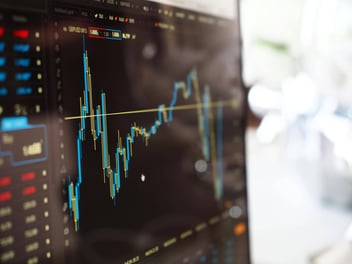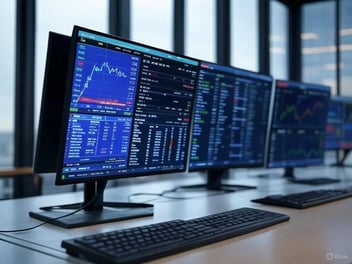Do Not Over-Trade

Do Not Over-Trade
Over-trading is one of the most common mistakes investors make. In fact, you could argue that over-trading is what separates true investors from traders. It’s a self-defeating habit that rarely leads to successful outcomes.
Legendary investor Warren Buffett once said, “Calling someone who trades actively in the market an investor is like calling someone who repeatedly engages in one-night stands a romantic.” It’s an apt comparison. Over-trading is akin to constantly changing health regimes or jumping in and out of relationships—there’s no consistency, no foundation, and ultimately, no lasting success.
The Power of a Long-Term Vision
The usual culprit behind over-trading? A lack of direction. Without a clear strategy, there’s no confidence backing investment decisions.
Buffett has often stated that his favourite holding period is forever. If a company is solid, growing profits, and increasing dividends, why would you want to part with it? Of course, if red flags emerge—such as declining revenues or weak management—adjustments should be made. But when someone trades excessively, reacting to daily or weekly market movements, it raises a fundamental question: Is there an actual strategy in place?
Successful investing requires patience and discipline. Time and compound returns do the heavy lifting, meaning the best course of action is often to do nothing at all.
The Cost of Over-Trading
1. Loss of Capital:
Over-trading is often just another word for chasing. Investors get caught up in the excitement of market trends, making impulsive trades in search of quick gains—only to find themselves on the losing end. These poorly thought-out decisions, combined with transaction costs and fees, steadily erode wealth.
2. Emotional Investing:
Frequent trading can lead to frustration, anxiety, and self-doubt. Emotions cloud judgment, making it harder to stick to a long-term strategy. Asset allocation—how investments are structured based on financial goals—is one of the biggest determinants of returns. Yet, investor behaviour often becomes the biggest obstacle to success.
As Jesse Livermore, one of history’s greatest traders, put it: “There is nothing new on Wall Street. This is because human nature does not change, and it is human emotion, solidly built into human nature, that always gets in the way of human intelligence.”
Case Study:
Walt Disney In late 2018, Walt Disney was added to the portfolio. The stock had been trading in a tight range for years, but it was undervalued and positioned for long-term growth.
Why Disney? A world leader in content creation with globally recognized brands Strong core businesses (studios, theme parks, consumer products) Exciting upcoming movie releases and theme park expansions Long-term potential in the streaming space with Disney+ Expected dividend growth of 6–8% per year.
Despite these strengths, there were concerns about Disney’s ability to compete in streaming. The stock dipped after the initial purchase, closing the year lower. But instead of reacting to short-term noise, the decision was made to stay the course. By the end of 2019, Disney had a breakout year, rewarding patient investors.
Why Less is More in Investing
The challenge in investing isn’t finding great opportunities—it’s resisting the urge to act too often. As Bill O’Neil wisely put it: "The reason is simple: you are dealing predominantly with minor daily fluctuations that are harder to read than basic trends over a longer time period. Don’t try to make money so fast. Rome wasn’t built in a day."
Over-trading often leads to impulsive decisions, especially during market downturns or volatility. In contrast, a structured and repeatable investment process builds long-term wealth. The best investors know that patience isn’t just a virtue—it’s a strategy."



